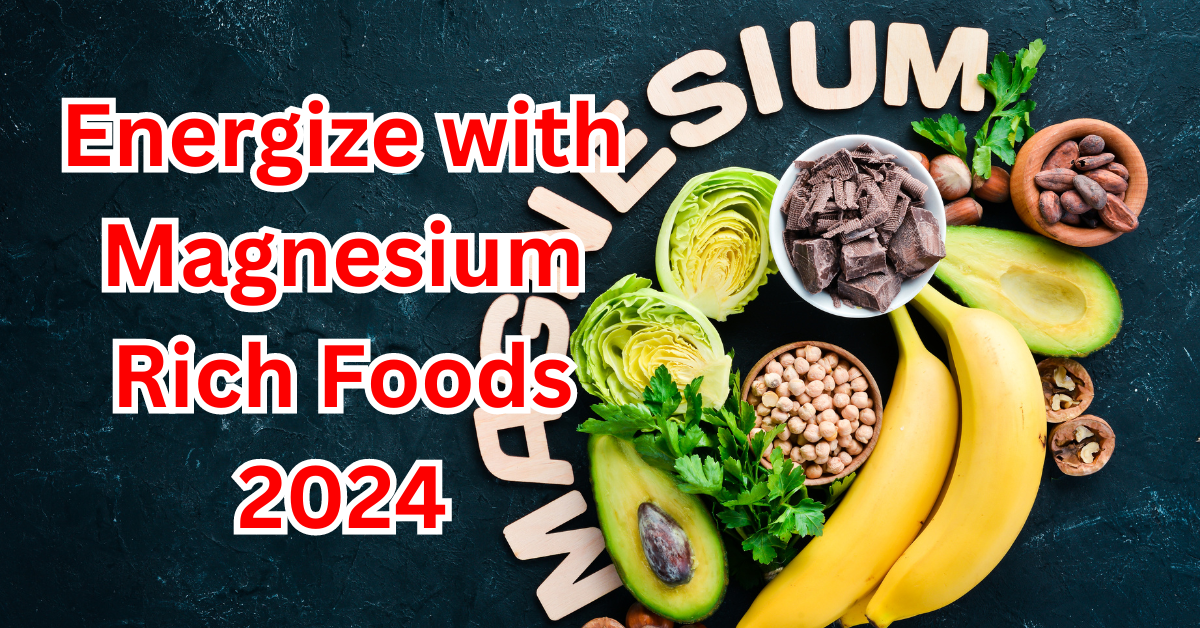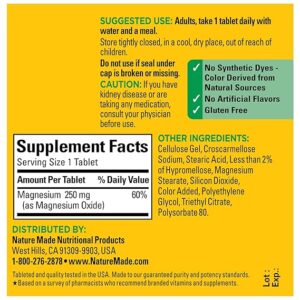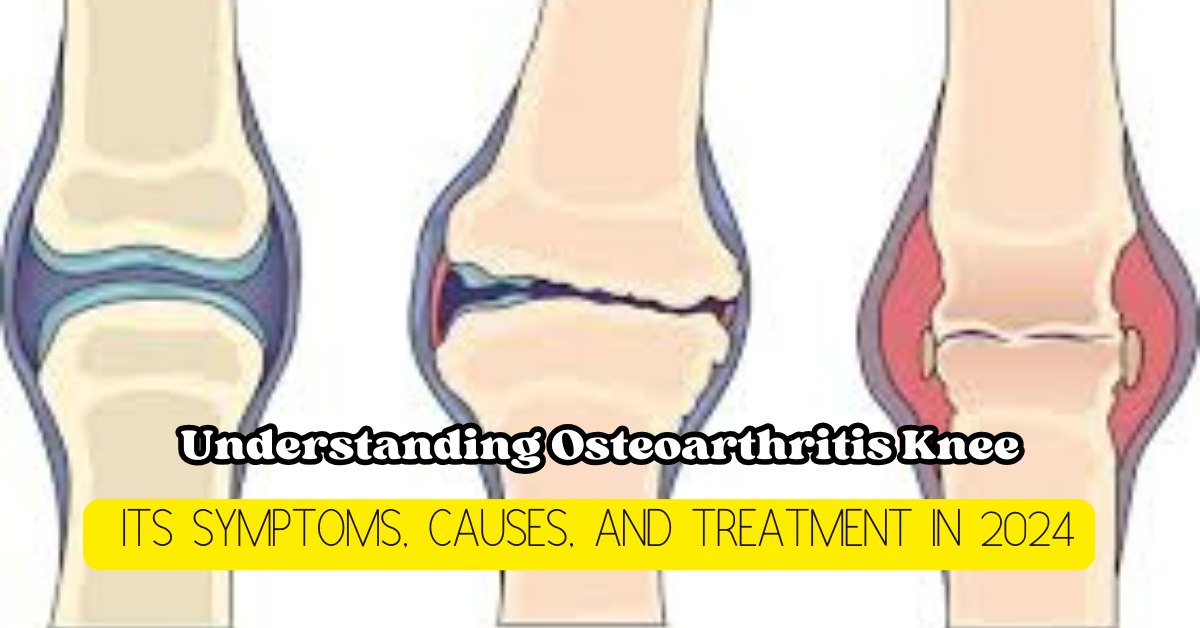Magnesium rich foods is a crucial mineral that plays a vital role in hundreds of processes in the body, including energy production, muscle and nerve function, and bone health. Ensuring adequate magnesium intake is essential for optimal health, yet many people don’t get enough from their diet. Below, we explore some of the best magnesium-rich foods that can help you meet your daily requirements and improve your overall well-being.
Why Magnesium Rich foods is Important for Your Health
Magnesium is involved in over 300 biochemical reactions in the body. It is crucial for:
- Energy Production: Magnesium helps convert food into energy, supporting metabolism.
- Nerve and Muscle Function: It regulates neurotransmitters and contributes to muscle contractions and relaxation.
- Bone Health: About 60% of the body’s magnesium is stored in bones, helping maintain bone density.
- Blood Sugar Control: It aids in regulating insulin and glucose levels.
- Heart Health: Magnesium helps keep heart rhythms steady and reduces the risk of heart disease.
Best Magnesium Rich Foods Supplement: Check on Amazon
Top Magnesium-Rich Foods to Include in Your Diet
- Dark Leafy Greens
Dark leafy greens are among the most nutrient-dense foods available. Spinach, kale, Swiss chard, and collard greens are packed with magnesium. For example, one cup of cooked spinach contains about 157 mg of magnesium, approximately 40% of the recommended intake.
How to Incorporate: Add them to salads, or smoothies, or sauté as a side dish.
- Nuts and Seeds
Nuts and seeds are excellent sources of magnesium. Almonds, cashews, and Brazil nuts are particularly rich in this mineral. Additionally, pumpkin seeds stand out with around 150 mg of magnesium per ounce, making them a fantastic snack or salad topping.
How to Incorporate: Eat a handful of nuts as a snack, add them to yogurt, or use seed-based spreads like tahini.
- Whole Grains
Whole grains such as quinoa, brown rice, and oats are high in magnesium. A cup of cooked quinoa contains 118 mg of magnesium. Whole grains not only provide magnesium but also offer fiber, which supports digestion and heart health.
How to Incorporate: Use whole grains as the base for meals or in grain bowls.
- Legumes
Beans, lentils, chickpeas, and soybeans are excellent plant-based sources of magnesium. Black beans, for instance, offer 120 mg of magnesium per cup. Legumes also provide protein, fiber, and other essential nutrients.
How to Incorporate: Add them to soups, stews, and salads, or use them in vegetarian dishes.
- Fatty Fish
Fatty fish like salmon, mackerel, and halibut are rich in magnesium as well as omega-3 fatty acids, which have anti-inflammatory properties. A 3.5-ounce serving of salmon provides around 26 mg of magnesium, along with high-quality protein and heart-healthy fats.
How to Incorporate:
Grill, bake or poach fatty fish and serve with vegetables or whole grains for a balanced meal.
- Avocados
Avocados are known for their high content of healthy fats, but they also offer a substantial amount of magnesium. One medium avocado provides about 58 mg of magnesium, making it an excellent addition to meals.
How to Incorporate: Add avocado to salads, toast, or smoothies, or simply enjoy it on its own.
- Dark Chocolate
For those with a sweet tooth, dark chocolate can be a healthy way to boost magnesium intake. A 1-ounce serving of dark chocolate with 70-85% cocoa provides 64 mg of magnesium. Dark chocolate also contains antioxidants and promotes heart health when consumed in moderation.
How to Incorporate: Enjoy dark chocolate as a treat or add it to homemade energy bars.
- Bananas
Bananas are often celebrated for their potassium content, but they also contain magnesium. A medium banana provides around 32 mg of magnesium. They make for a convenient, nutritious snack and can be easily incorporated into a variety of dishes.
How to Incorporate: Add bananas to oatmeal, and smoothies, or enjoy them as a post-workout snack.
- Tofu
Tofu, a popular plant-based protein, is also a good source of magnesium. Half a cup of tofu contains about 37 mg of magnesium, making it a valuable addition to vegetarian and vegan diets.
How to Incorporate: Use tofu in stir-fries, salads, or curries for a protein-rich meal.
Daily Magnesium Rich Foods Requirements
The recommended daily intake of magnesium varies depending on age and gender:
- Men (19-30 years): 400 mg per day
- Women (19-30 years): 310 mg per day
- Men (31 years and older): 420 mg per day
- Women (31 years and older): 320 mg per day
Meeting your daily magnesium rich foods needs through a varied diet can reduce the risk of deficiency and associated health issues.
Symptoms of Magnesium Deficiency
Magnesium deficiency can lead to a range of health problems, including:
- Muscle cramps and spasms: Often a sign of low magnesium levels.
- Fatigue: Magnesium plays a role in energy production, so low levels can contribute to fatigue.
- High blood pressure: Magnesium helps regulate blood pressure, and deficiency may increase the risk of hypertension.
- Irregular heart rhythms: Magnesium is vital for heart health, and a deficiency can lead to arrhythmias.
Best Magnesium Rich Foods Supplement: Check on Amazon
Conclusion
Magnesium rich foods is an essential mineral that supports numerous vital processes in the body. Incorporating magnesium-rich foods like leafy greens, nuts, seeds, whole grains, and fatty fish into your diet can help you meet your daily requirements and promote overall health. Whether you’re seeking to improve bone health, enhance muscle function, or maintain heart health, a diet rich in magnesium is key.









One thought on “Energize with Magnesium Rich Foods 2024”